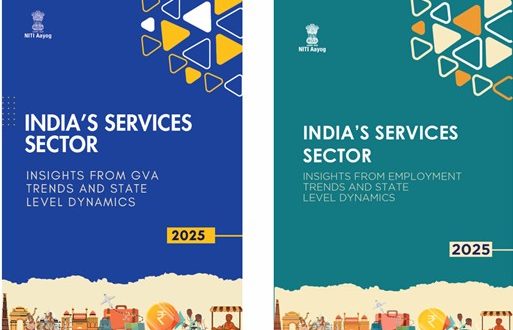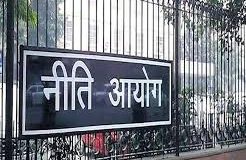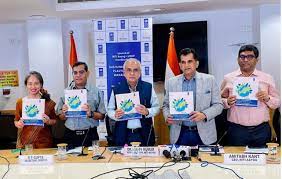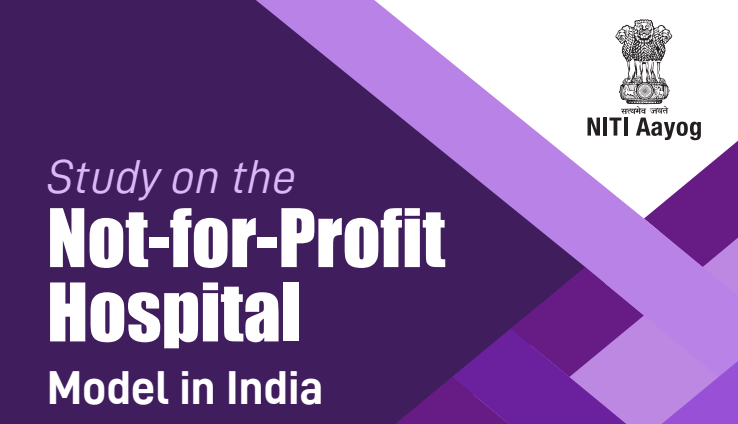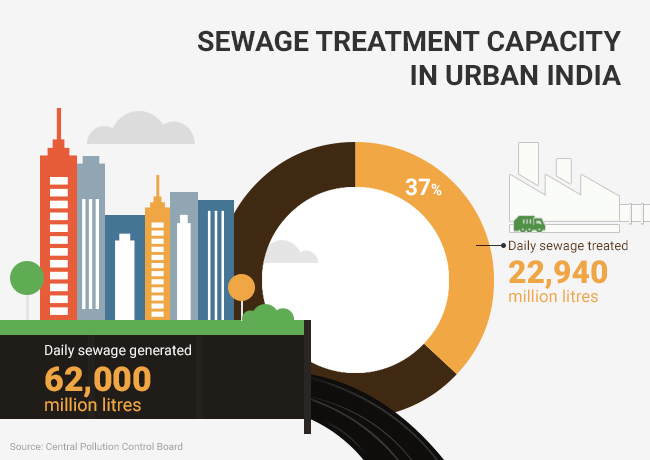Shri B.V.R. Subrahmanyam, CEO, NITI Aayog, launched two inaugural reports under the Services Thematic Series in the presence of Dr. Arvind Virmani, Member, NITI Aayog, and Dr. V. Anantha Nageswaran, Chief Economic Adviser, Government of India. The event was attended by senior officials from Central and State Governments, representatives from industry associations and members of academia. These Reports are one of the first dedicated assessments of the services sector from the macro lens of output and employment, going beyond aggregate trends to present disaggregated and state-level profiles.
The first report “India’s Services Sector: Insights from GVA Trends and State-Level Dynamics” examines national and state-level trends to understand how services-led growth is unfolding across regions and whether states with lower initial shares in services are catching up with more advanced ones, an important indicator of balanced regional development.
The services sector has become the cornerstone of India’s economic growth, contributing nearly 55 per cent of national GVA in 2024–25. The report finds that the spread of services-led growth is becoming more regionally balanced. While inter-state disparities in services sector shares have modestly widened, there is clear evidence that structurally lagging states are beginning to catch up. This emerging pattern of convergence suggests that India’s services-led transformation is gradually becoming more broad-based and spatially inclusive.
At the sectoral level, the report recommends prioritizing digital infrastructure, logistics, innovation, finance and skilling to accelerate diversification and competitiveness. At the state level, it recommends developing tailored service strategies based on local strengths, improving institutional capacity, integrating services with industrial ecosystems, and scaling up urban and regional service clusters.
The other report on “India’s Services Sector: Insights from Employment trends and State-Level Dynamics” analyses services sector employment to present a multi-dimensional profile of India’s services workforce across sub-sectors, gender, regions, education, and occupations. It goes beyond aggregate trends to reveal the sector’s dual character: modern, high-productivity segments that are globally competitive yet limited in employment intensity, and traditional segments that absorb large numbers of workers but remain predominantly informal and low-paying.
The report shows that while services remain the mainstay of India’s employment growth and post-pandemic recovery, challenges persist. Employment generation is uneven across sub-sectors, informality remains widespread, and job quality continues to lag behind output growth. Gender gaps, rural–urban divides, and regional disparities underline the need for an employment strategy that integrates formalisation, inclusion, and productivity enhancement at its core.
To bridge these gaps, the report outlines a four-part policy roadmap focusing on formalisation and social protection for gig, self-employed, and MSME workers; targeted skilling and digital access to expand opportunities for women and rural youth; investment in emerging and green economy skills; and balanced regional development through service hubs in Tier-2 and Tier-3 cities.
By positioning the services sector as a purposeful driver of productive, high-quality, and inclusive jobs, the report underscores its centrality to India’s employment transition and its pivotal role in realising the vision of Viksit Bharat @ 2047.
These reports provide an indicative pathway, setting out potential strategies for State Governments and industry to unlock the next wave of services-led growth. They emphasise the need to deepen digital infrastructure, expand skilled human capital, foster innovation ecosystems, and integrate services across value chains, positioning India as a trusted global leader in services.
 Indian Industry Plus A Pratisrutiplus Suppliment
Indian Industry Plus A Pratisrutiplus Suppliment





